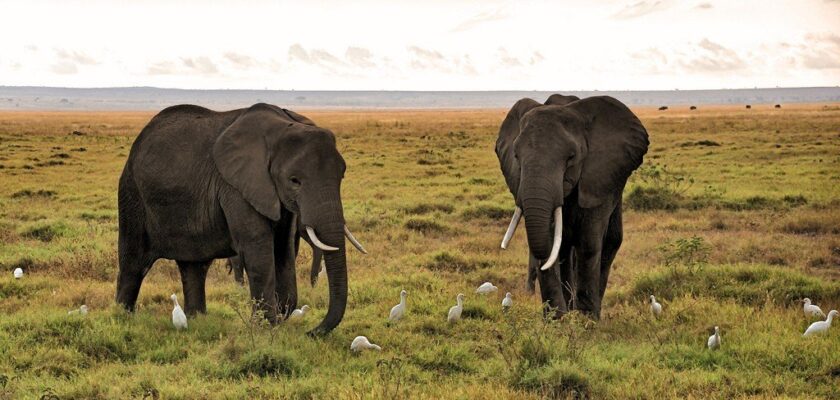Amboseli National Park
Amboseli National Park is one of Kenya’s most popular destinations. The reserve is known for its elephants, numbering around 650, as well as large herds of wildebeest, zebras, impala antelopes, plus if you are lucky enough to see the endangered black rhino and cheetahs. The backdrop for the reserve is the majestic Kilimanjaro Peak rising majestically above the clouds 40 km from the park.
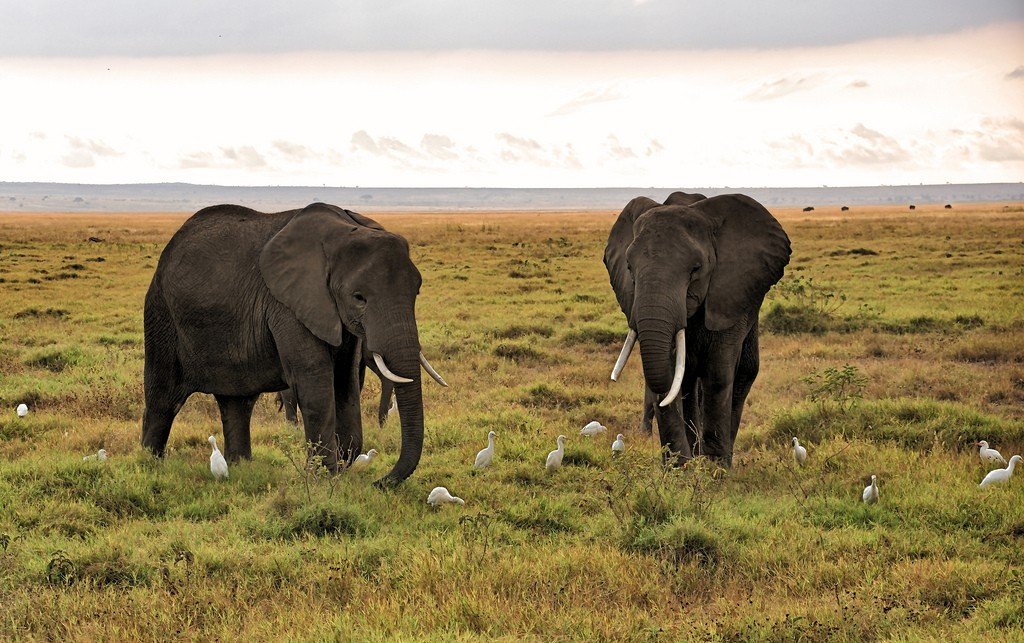
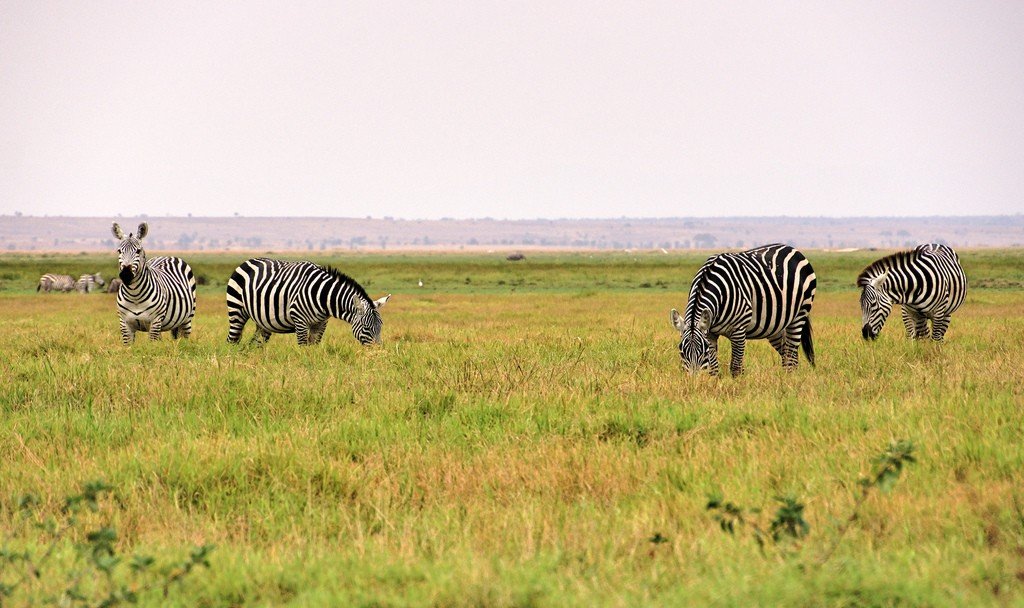
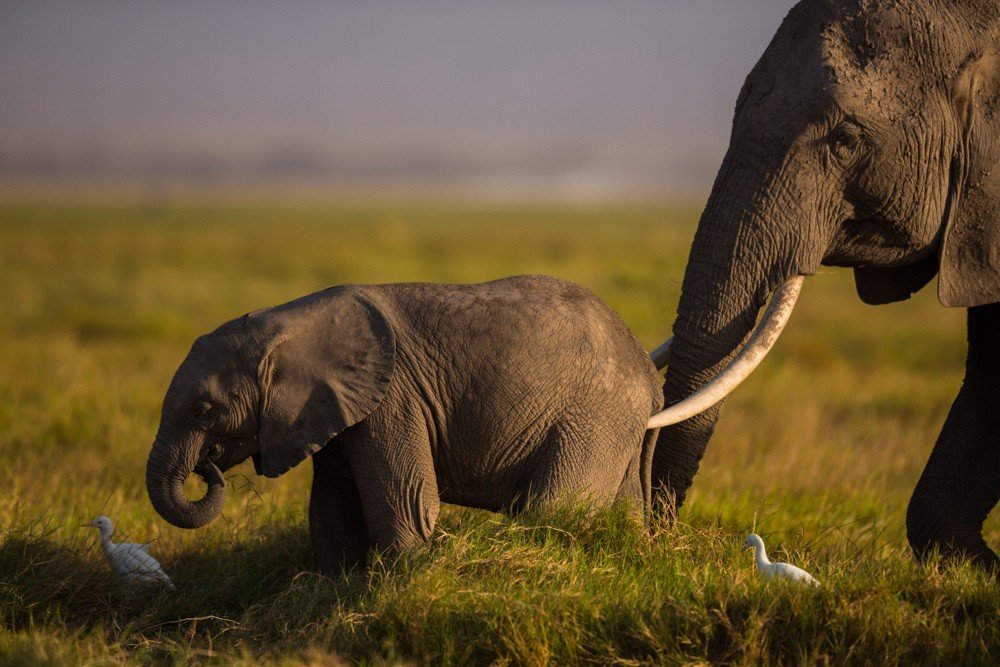
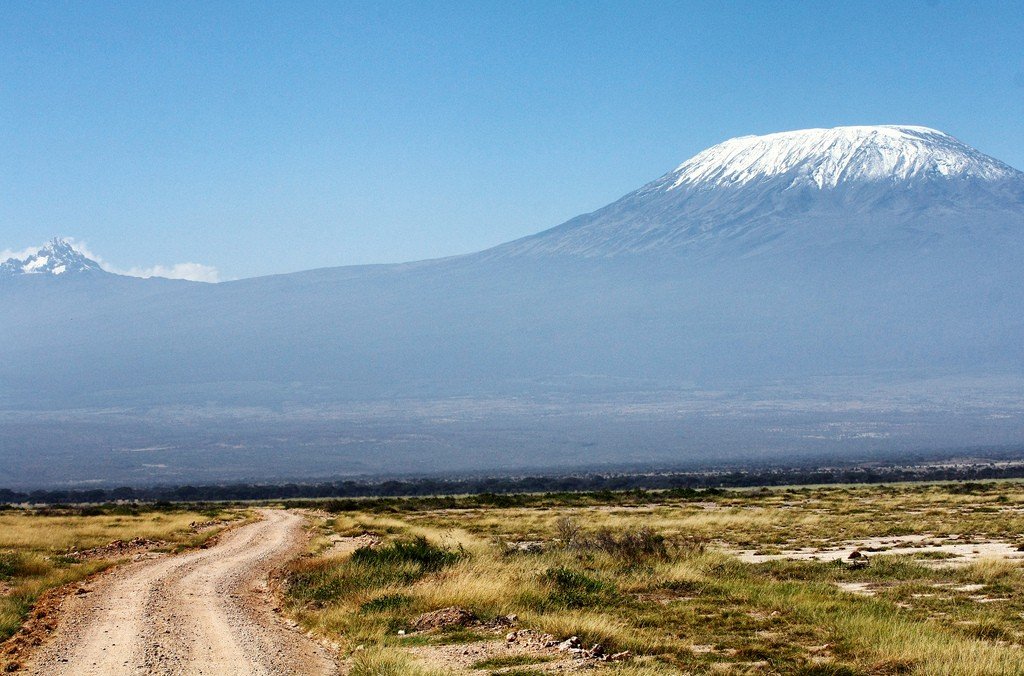
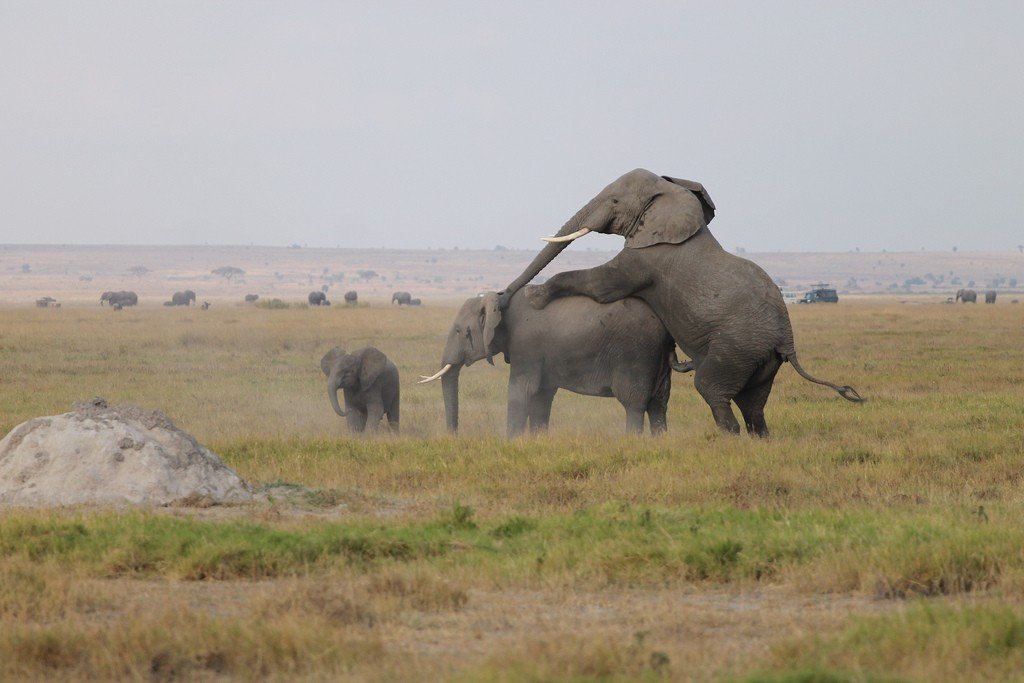
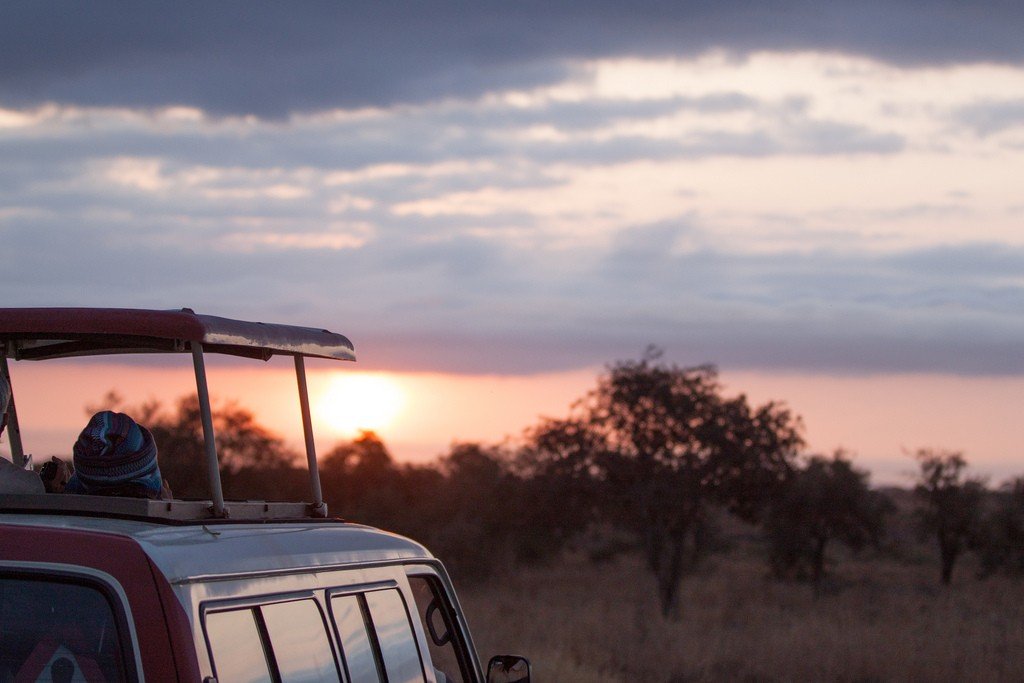
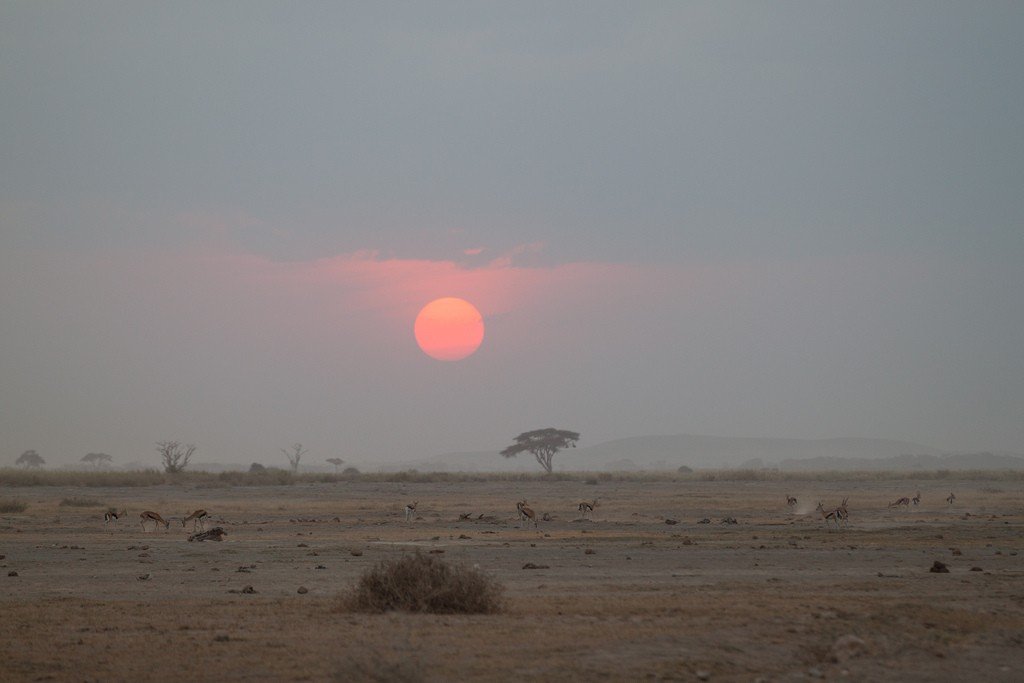
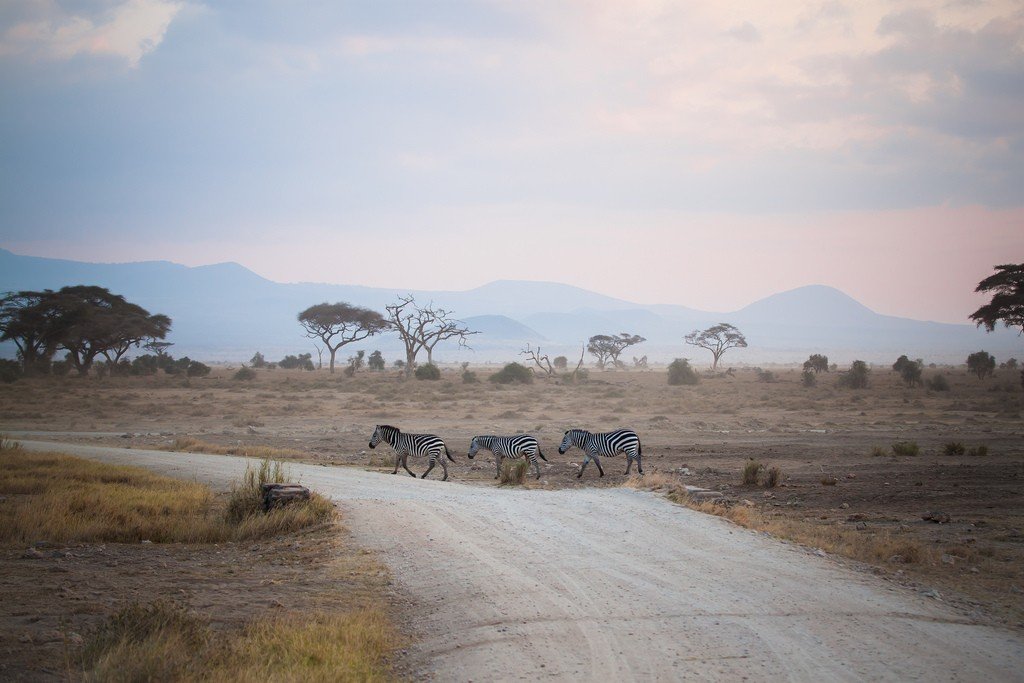
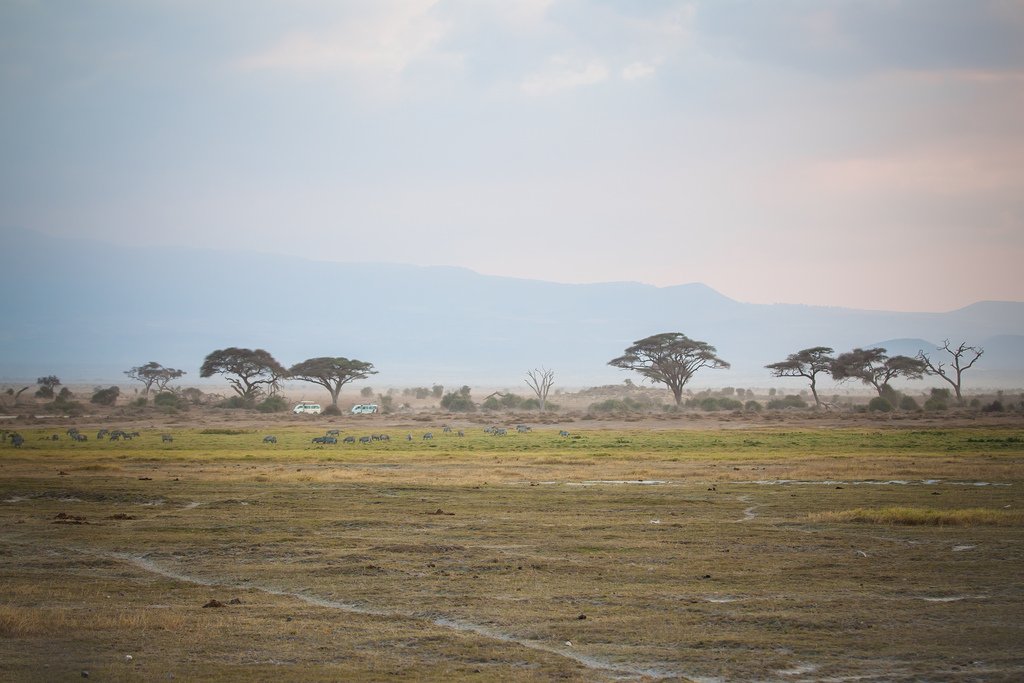
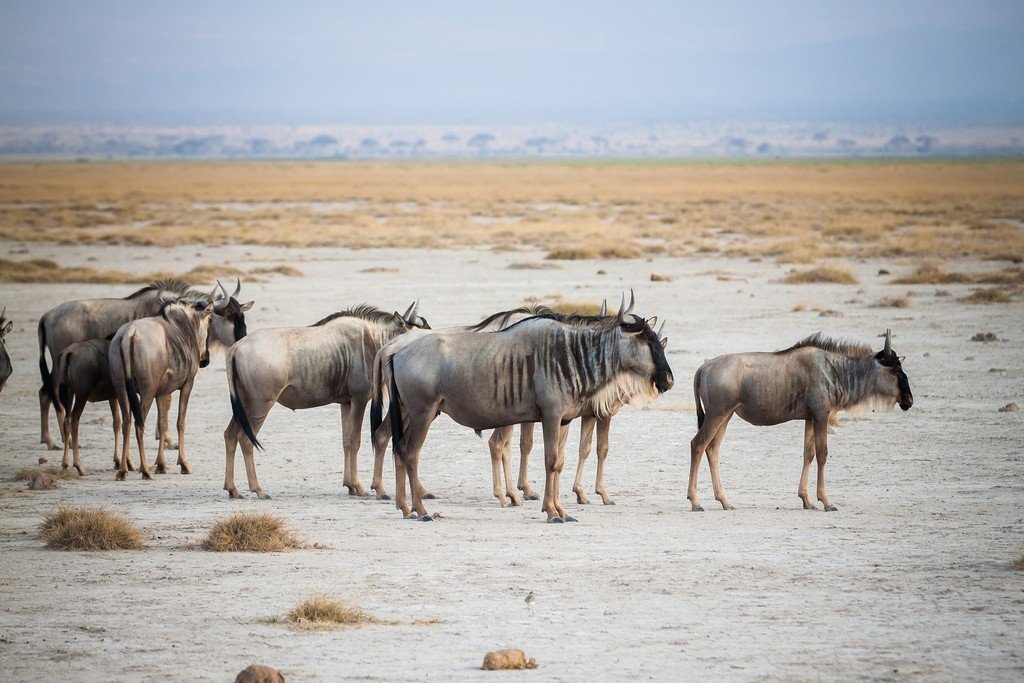
General Information
Established as an international biosphere reserve and national park in 1974, Amboseli covers an area of only 392 square kilometers, but despite its small size and fragile ecosystem, a wide variety of mammals successfully coexist there. More than 50 species of large mammals and over 400 species of birds can be found here.
Volcanic ash from Kilimanjaro’s last eruption thousands of years ago has settled in many areas of the reserve. A constant supply of water from melting mountain snows and underground streams creates vibrant colors of green meadows. With a variety of springs, swamps and quagmires, the park is a paradise for water-loving animals.
.
Don’t miss the parched lake, over which you can see mirages during heat waves, and be sure to admire the view from Ferris Hill.
.Most visitors enter Amboseli through the western Meshanani Gate (Meshanani Gate; sold by Safaricard). The best base for a visit to the national park is the town of Namanga (Namanga, 75 km to the west). It is the southernmost Kenyan terminus of the A104 international highway and border crossing. All buses from Nairobi to Tanzania’s Arusha go through Namanga: if you’re going there, you can make Amboseli the last stop on your Kenyan program – or vice versa.
.Buses and matatu leave for Nairobi from the junction of River Road and Ronald Street (2 hr. journey, about 300 sh.), and arrive almost at the border crossing itself in Namanga. If coming from the capital, the last left turn before the bus station in Namanga is the road leading to Amboseli. At the junction of this road with the A104 highway are the KWS office and the Kobil gas station, from which it is about 50 km to Meshanani Gate. Safaricards are also available at Eremito Gate (Eremito Gate, east) and at Amboseli Airfield in the center of the park. Meshanani Gate is on the north shore of Amboseli Lake, which fills with water only during heavy rains.
.History
Joseph Thomson was the first European to enter the Maasai tribal region in 1883. He was struck by the abundance of wildlife and the contrast between the arid areas of the dried up lake and the oasis of swamps that persists to this day.
.
Amboseli was formed as a “Southern Reservation” for the Maasai tribe in 1906, but was taken over by local government as a game reserve in 1948. In 1974, to protect its unique ecosystem, Amboseli was officially established as a national park and in 1991 UNESCO declared it a biosphere reserve. In 2005, Kenyan President Mwai Kibaki announced that management of the park should be transferred from the Kenya Wildlife Service to Olkejuado County Council and the Maasai tribe. Some observers saw the move as a political gain ahead of the vote on Kenya’s new constitution. The transfer of management would entail the transfer of park fees directly to the County Council, with further questionable distribution of profits to the Maasai tribes around the park. This could set an undesirable precedent that could jeopardize the status of other parks in Kenya.
Tourism
Upon arrival in the park, tourists are briefed: do not get out of the car except in special places, do not disturb the animals, stick to the established routes and do not go off them; always give way to animals. The soil in the park is volcanic and loose, as a result of which the roads get very wet during the rainy season, and the park is quite dusty during the dry season.
.
Amboseli also has a small airport, Amboseli Airport (HKAM).
.Amboseli National Park along with Lake Nakuru Park are the most expensive national parks in Kenya.
Amboseli National Park is the most expensive national park in Kenya.
As of 2013, the entrance fee to Amboseli National Park is $80, with a 50% discount for children and students.
.